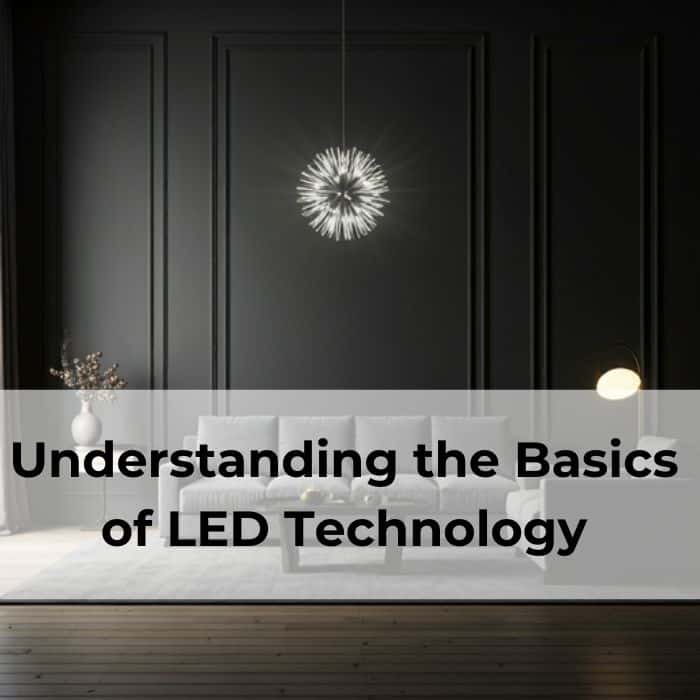Introduction to LED Technology
LED technology has revolutionized the way we light up our homes, businesses, and cities. Short for Light Emitting Diode, LEDs are highly efficient, durable, and versatile compared to traditional lighting options. From indicator lights to large-scale industrial applications, LEDs are now a cornerstone in modern illumination. Their adoption continues to grow as energy efficiency and sustainability become global priorities.
What is LED?
LED, or Light Emitting Diode, is a semiconductor device that emits light when an electric current passes through it. Unlike traditional light sources, LEDs produce light through electroluminescence—a process where electrons recombine with electron holes in the semiconductor material, releasing energy in the form of photons. This mechanism, often referred to as LED mechanism, is at the heart of its functionality.
LED basics are essential to understanding how this technology has transformed lighting. From indicator lights to energy-efficient lighting in homes, LEDs have redefined illumination with their compact design and unparalleled performance.
The History and Evolution of LED Technology
LED technology traces its origins back to 1907 when British scientist H.J. Round observed electroluminescence in silicon carbide. However, the first practical LED diode was developed in 1962 by Nick Holonyak, Jr., earning him the title “Father of the LED.”
Initially limited to red light and small-scale applications, advancements in LED design and materials have broadened the spectrum of colors and increased their efficiency. By the 21st century, the LED lighting guide emphasized their dominance in residential, commercial, and industrial applications, thanks to their versatility and sustainability.

How LED Technology Works
At its core, LED technology relies on the process of electroluminescence, where a semiconductor emits light when an electric current flows through it. Unlike traditional bulbs, which rely on filaments or gas, LEDs produce light efficiently with minimal energy loss as heat. This unique mechanism allows LEDs to deliver bright, consistent lighting while consuming significantly less power. Their robust design also ensures greater durability and reliability in various environments.
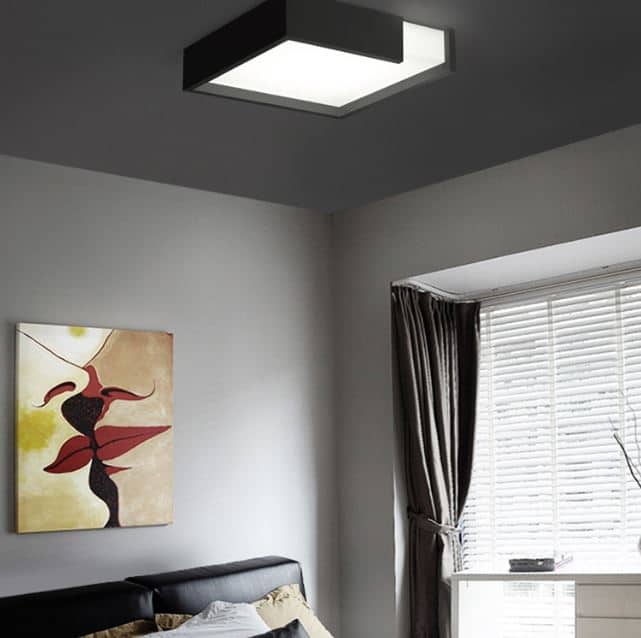
See this product: MALTE Maze of Light Ceiling Light
The Science Behind LEDs
The core of LED science lies in the principle of electroluminescence. An LED diode is crafted from semiconductor materials like gallium arsenide or gallium nitride. When voltage is applied, electrons move from the n-type material to the p-type material, releasing energy as light.
This efficient process makes LEDs a cornerstone of energy-efficient lighting. Unlike traditional bulbs, they waste minimal energy as heat, maximizing light output and reducing power consumption.
Key Components of LED Devices
Understanding LED structure is crucial for grasping their functionality:
- Chip or Diode: The element responsible for emitting light.
- Lens: Shapes and directs the emitted light.
- Driver: Ensures consistent electrical current to prevent fluctuations.
- Heat Sink: Manages heat, extending the LED lifespan.
These components combine to create an effective and durable lighting solution that caters to various needs.
Types of LEDs and Their Applications
LEDs come in various forms, including standard LEDs for basic lighting, high-power LEDs for industrial uses, and RGB LEDs for decorative purposes. Each type serves a unique purpose, from residential lighting to advanced medical equipment and automotive headlights. Their adaptability extends to agriculture, where grow lights optimize plant growth, and entertainment, where vibrant LED displays create stunning visual effects. The versatility of LEDs makes them indispensable across industries.
Different Types of LEDs
LED basics include knowledge of their different types, each designed for specific uses:
- Standard LEDs: Found in basic lighting solutions.
- High-Power LEDs: Ideal for outdoor and industrial lighting.
- Organic LEDs (OLEDs): Common in display technologies.
- Infrared LEDs: Used in security systems and remote controls.
- RGB LEDs: Offer customizable colors for decorative and creative lighting.
These diverse options ensure that LED applications span industries like automotive, healthcare, and agriculture.
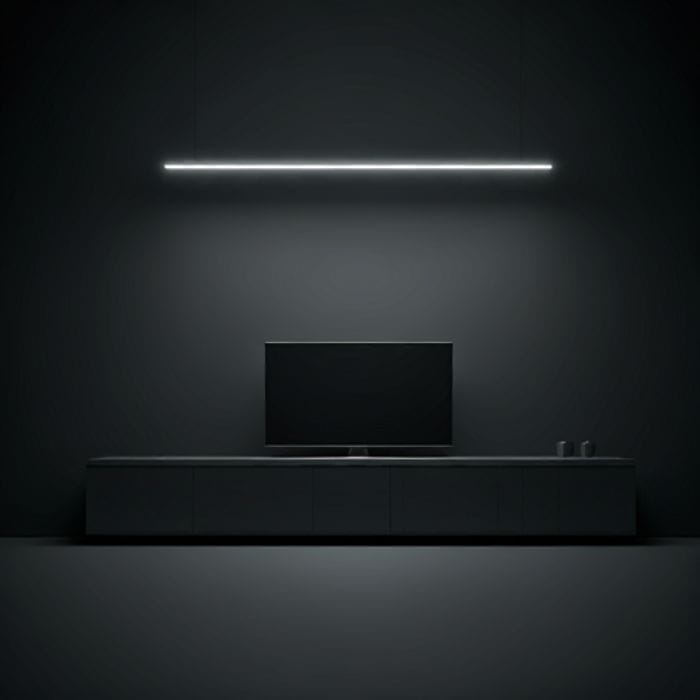
Applications Across Industries
LED lighting guide principles show that their versatility benefits numerous sectors:
- Residential: LED bulb adoption for cost-effective home lighting.
- Automotive: Vehicle headlights and taillights.
- Entertainment: Stage lighting and large display panels.
- Healthcare: Medical imaging and therapeutic devices.
- Agriculture: LED grow lights optimize plant growth.
Their adaptability continues to reshape technology and improve everyday life.
Advantages of LED Technology
One of the biggest advantages of LED technology is its energy efficiency, using up to 80% less electricity than traditional bulbs. LEDs are also known for their impressive lifespan, often lasting tens of thousands of hours without frequent replacements. Their eco-friendly design, which produces minimal heat and contains no hazardous materials, makes them a sustainable choice. These benefits position LEDs as the leading choice for modern lighting solutions.
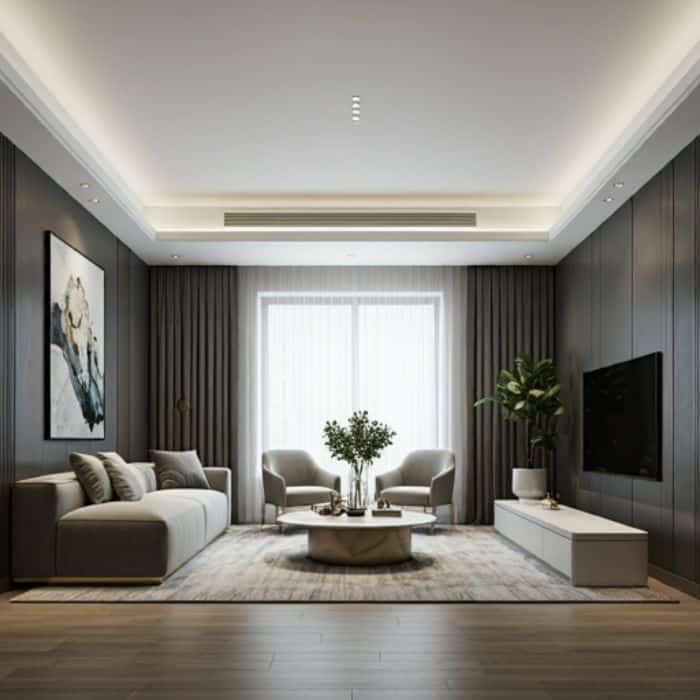
Energy Efficiency
LED efficiency is unmatched compared to incandescent or fluorescent lighting. By consuming up to 80% less energy, LEDs support global energy-saving efforts while providing bright, consistent illumination.
Longevity and Durability
A key highlight in any LED lighting guide is the incredible LED lifespan. Most LEDs last 50,000 hours or more, far outlasting traditional light sources. Their robust design also ensures durability against shocks, vibrations, and extreme temperatures.
Environmental Impact
Unlike CFLs, LEDs contain no mercury or other hazardous substances. Their low energy consumption and reduced heat output contribute to a smaller carbon footprint, making them a sustainable choice for environmentally conscious users.
Challenges and Limitations of LEDs
Despite their many benefits, LEDs come with certain challenges. Their upfront cost is often higher than that of traditional lighting options, though this is offset by long-term savings. Heat management remains a critical issue, as poor dissipation can reduce the LED’s lifespan. Additionally, while LEDs are improving, some limitations in dimming capabilities and color accuracy persist in specific applications. Overcoming these challenges will require continued innovation.
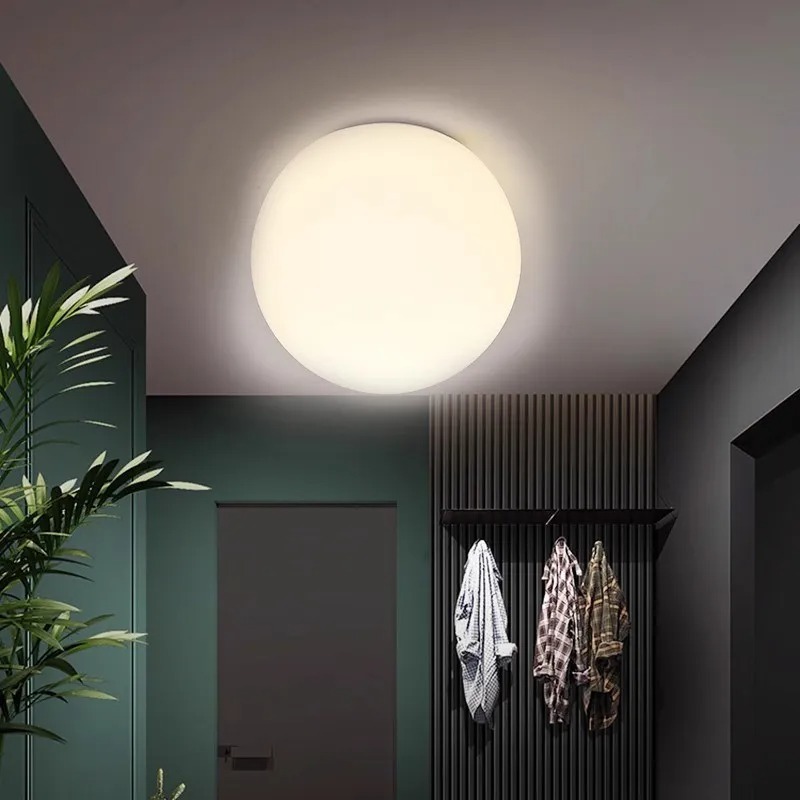
See this product: Aslinka Round Globe Ceiling Light
Cost Considerations
While the initial cost of an LED bulb may be higher, the long-term savings in energy and maintenance make them a worthwhile investment for both homes and businesses.
Heat Management Issues
Proper heat dissipation is critical to preserving LED lifespan. The inclusion of a heat sink in LED structure addresses this issue, although improper installation or usage can still pose challenges.
Other Technical Limitations
LED science has yet to overcome certain barriers, such as achieving perfect color rendering or ensuring uniform dimming in all settings. However, continued advancements in LED innovation are closing these gaps.
How to Choose the Right LED for Your Needs
Selecting the perfect LED requires considering factors like brightness, energy efficiency, and color temperature. LEDs come in various designs tailored to specific applications, from indoor lighting to outdoor fixtures. Look for certifications like ENERGY STAR to ensure quality and efficiency. Understanding your specific lighting needs will help you make an informed decision that balances performance, cost, and durability.
Key Factors to Consider
Selecting the right LED depends on understanding LED basics and evaluating:
- Brightness: Measured in lumens for desired light output.
- Color Temperature: Choose warm, neutral, or cool tones to suit the space.
- Energy Efficiency: Higher lumens-per-watt indicate better performance.
- Durability: LEDs must withstand environmental conditions if used outdoors.
Tips for Making an Informed Decision
- Refer to the LED lighting guide for product certifications like ENERGY STAR.
- Compare the LED efficiency and estimated savings over time.
- Factor in the intended use to select the appropriate LED applications.
Taking these steps ensures the LED design aligns with your needs, maximizing benefits.
The Future of LED Technology
The future of LED technology is bright, with trends pointing to human-centric lighting that promotes health and well-being. Emerging markets like healthcare and agriculture are embracing LEDs for their precision and energy efficiency. Flexible and tunable LED designs are reshaping architectural lighting, while advancements in display technology are revolutionizing entertainment and advertising. As innovation continues, LEDs are set to remain at the forefront of sustainable and efficient lighting solutions.
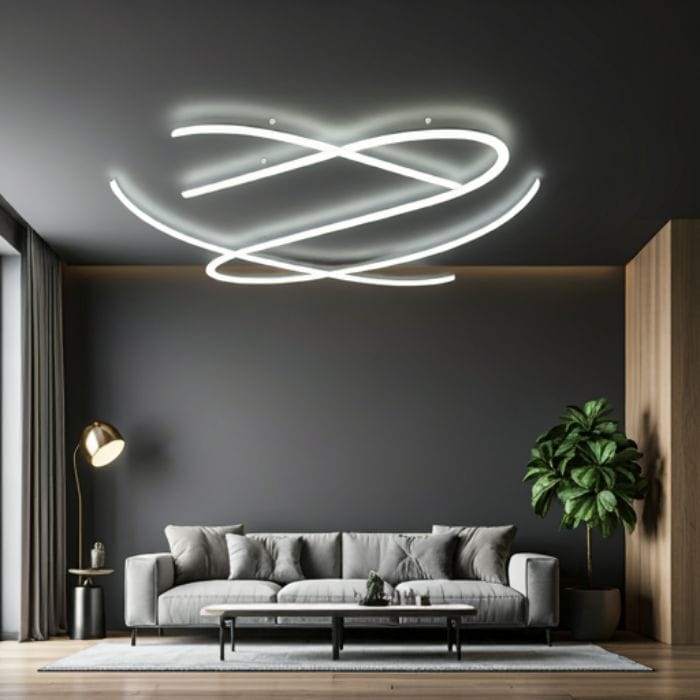
Trends to Watch
Emerging trends in LED innovation include tunable lighting that mimics natural daylight and flexible LEDs for architectural designs. These advancements make LED structure more dynamic, catering to unique applications in residential and commercial spaces.

Emerging Markets
LED efficiency continues to fuel adoption in new markets such as:
- Healthcare: Advanced LEDs for therapeutic and diagnostic tools.
- Agriculture: Customized grow lights tailored to specific crops.
These developments position LEDs as a pivotal technology shaping the future of various industries.
Conclusion
LED technology is more than just a lighting solution—it’s a smarter, more efficient way to illuminate your life. With unmatched energy savings, long-lasting performance, and eco-friendly benefits, LED lights are the future of lighting. Whether you’re upgrading your home, enhancing your workspace, or designing the perfect outdoor ambiance, LEDs offer versatility and reliability you can trust.
Ready to make the switch to energy-efficient lighting? Explore our wide range of premium LED lights today at Screed and discover the perfect solution for your needs. Don’t wait—experience brighter, smarter, and more sustainable lighting now! Click here to shop LED lights and transform your space.
FAQs
1. What is the main advantage of LED efficiency?
LEDs consume significantly less energy, making them a cost-effective and eco-friendly option compared to traditional bulbs.
2. How does an LED diode work?
An LED diode emits light when electric current passes through it, utilizing the process of electroluminescence for efficient energy conversion.
3. Why is the LED lifespan so long?
LEDs have robust designs and minimal heat production, ensuring they last up to 50,000 hours or more.
4. What are common LED applications?
LEDs are used in residential lighting, automotive, healthcare, agriculture, and advanced display technologies, showcasing their versatility.
5. How do I choose the right LED bulb?
Evaluate factors like brightness, color temperature, energy efficiency, and intended use to find a bulb that suits your needs.
